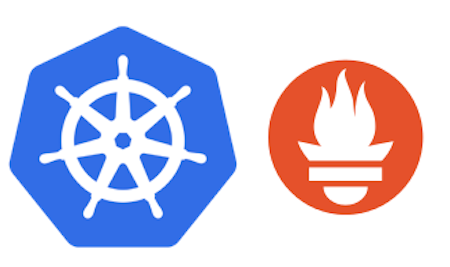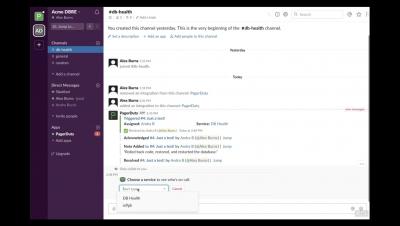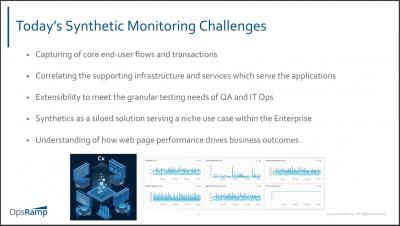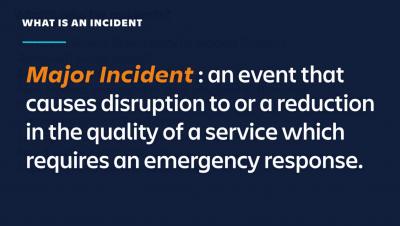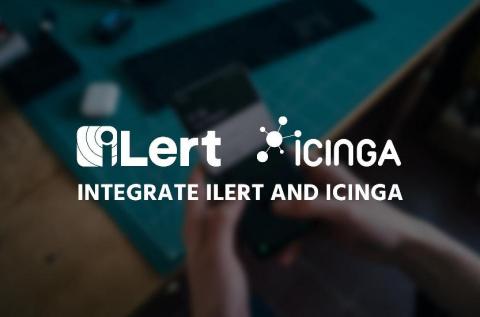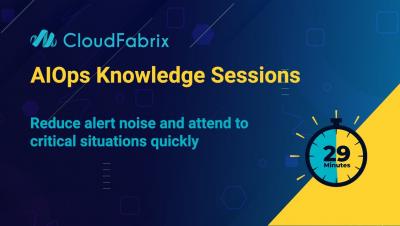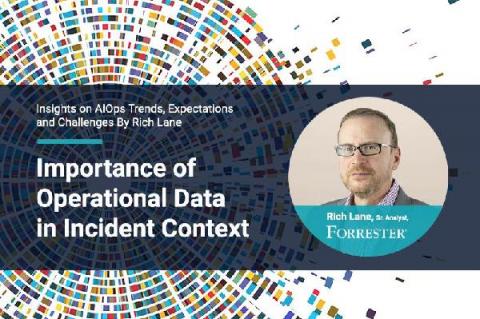Prometheus for multi-cluster setups
This tip is for those who are using Prometheus federation to monitor multiple clusters. How should alertmanager be configured for multiple clusters? Let us say that if there’s an issue for Cluster A it only needs to send an alert for cluster A? In such cases, every alert should be routed to proper team based on labels (if there is problem with application A on cluster B - team responsible should be notified). In the above case, two alerts are triggered by the same rule.


